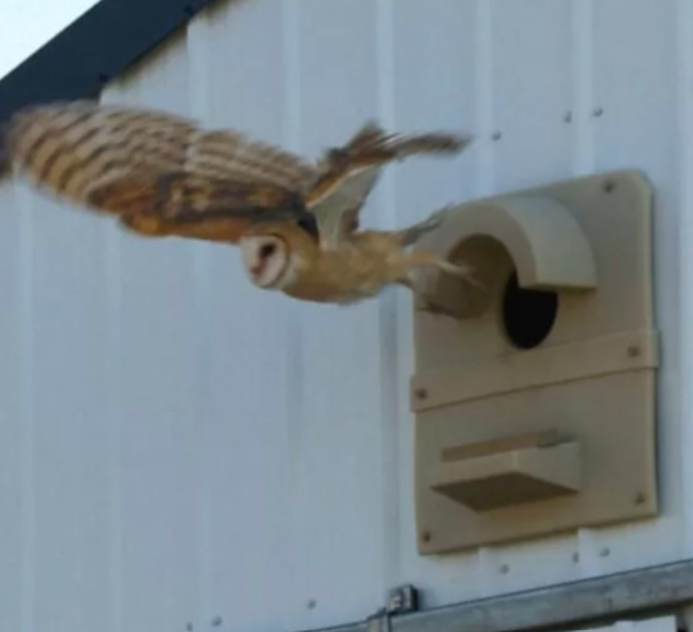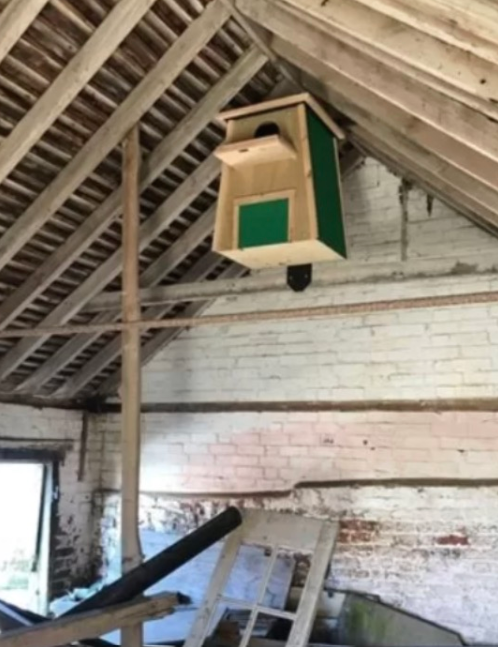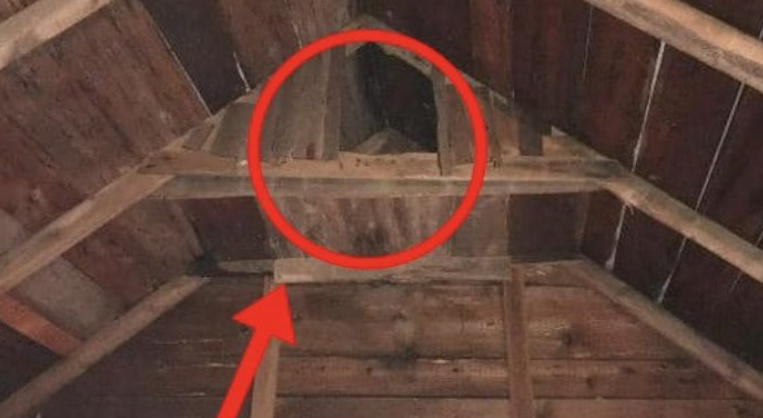The historical relationship between barn owls and farmers constituted a vital aspect of rural livelihoods.
Farmers, recognizing the barn owls’ prowess in pest control, ingeniously crafted nest boxes within their barns, merging age-old skills with ecological wisdom.
This ancient practice reflected the farmers’ deep reverence for nature’s equilibrium, showcasing their willingness to coexist with these predators long before modern conservation efforts took root.

Utilizing locally-sourced materials like straw and wood, farmers meticulously fashioned these nests, prioritizing the safety and comfort of the owls by ensuring adequate ventilation and drainage in the box design.
Strategically positioned in tranquil corners, rafters, and lofts of the barn, these nesting compartments harmonized farm activities with the owls’ nesting needs.
The tradition of constructing barn owl nest boxes has transcended generations, evolving into a cherished family legacy.

Beyond mere pest control, it symbolized a commitment to eco-conscious farming and the enduring partnership between humans and the natural world.
Preserving this agricultural heritage underscores the enduring collaboration between humanity and the environment.
